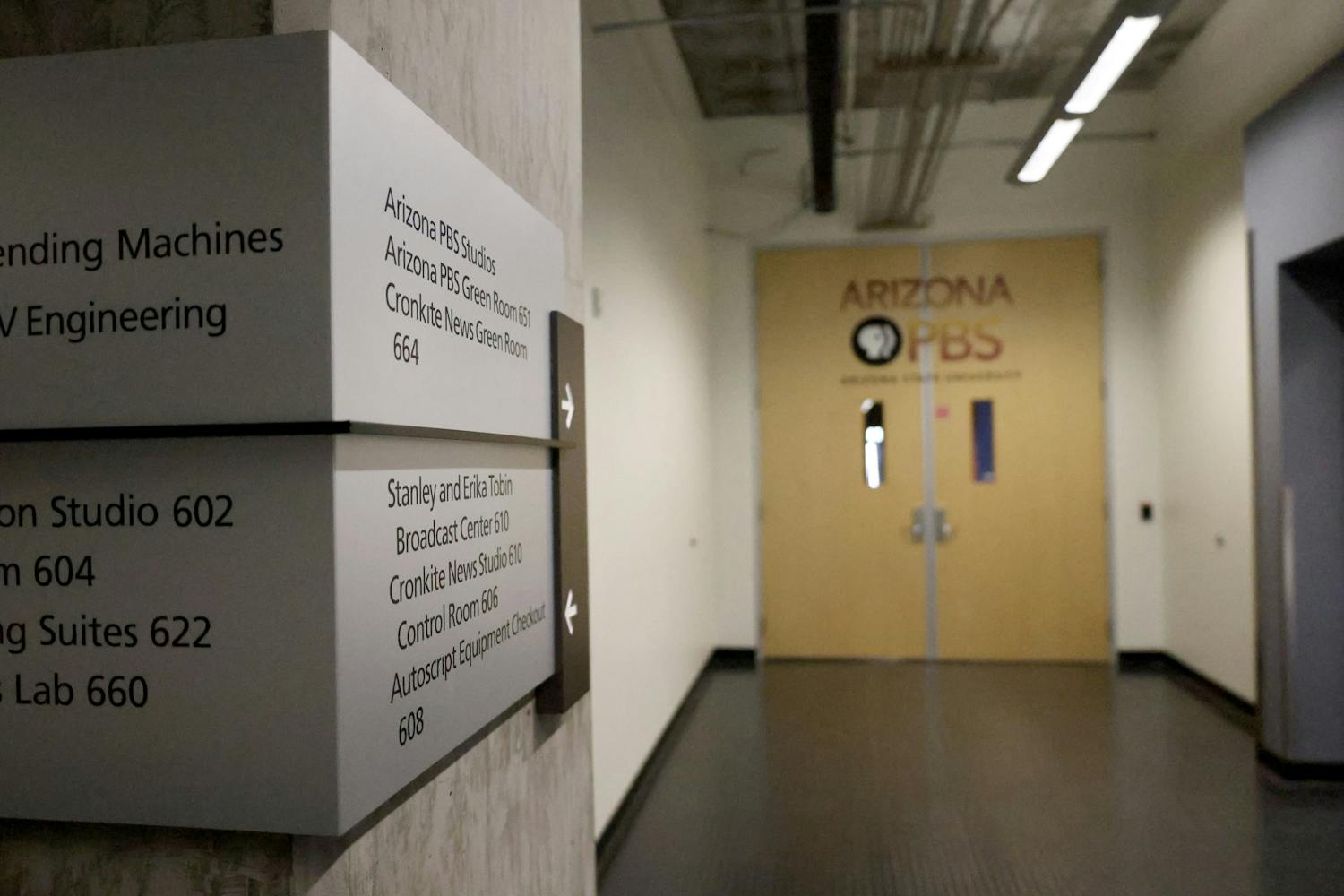West campus students might feel a little more connected with the ASU community in the near future as discussions to extend the Metro light rail’s current track move forward.
When construction of the light rail began in 2005, Valley Metro officials envisioned a track stretching 57 miles. The line currently runs only 20 miles in length.
Valley Metro is in the process of deciding whether to incorporate a West campus stop in one of its six future extension plans. These plans include lines that touch west Phoenix, Paradise Valley and Glendale.
“ASU West is certainly a stakeholder in that part of the Valley,” said Hillary Foose, a spokeswoman for Valley Metro.
If no complications arise, plans to extend the line into the Glendale — north Phoenix area should be decided by early 2011.
The next confirmed extension will stretch from 19th and Montebello avenues to around Peoria Avenue, according to the Valley Metro website. As it is listed now, this line will be operational by 2026.
Nothing regarding connecting the light rail to the West campus is confirmed, but Glendale, Phoenix and Valley Metro officials like Foose and those in city manager departments have had it come up in conversations several times.
“It would definitely help students who live between West and Tempe and don’t want to drive all the way to one campus to get to the other via shuttle,” said industrial design freshman Carlos Terminel Iberri, who attends the West campus.
Terminel Iberri said he wouldn’t personally take the light rail if the addition were to be created because of the cost of fare.
Foose isn’t sure yet whether new rail lines would affect fare or times.
Glendale resident Martha Roberts, 48, felt positive about the plans.
“My daughter could take it without having to worry about parking a car down there,” she said. “With my youngest child, it would definitely put ASU at the top of my list as a parent for her to go if transportation weren’t an issue.”
Albert Santana, light rail coordinator for Phoenix, said this question of a future link to the West campus has come up in several public meetings, giving it a little more weight in discussions concerning future construction.
Due to budget cuts, operational years for new extensions have been pushed back, so new ideas like this have had the opportunity to emerge, Santana said. Funding still comes from the federal government.
Another example that rose because of time is the possibility of the light rail running through downtown Glendale, Foose and Santana said.
This would likely attract more people to the sites of downtown Glendale. It would also give Glendale residents a chance to visit the entertainment scenes of downtown Phoenix and Tempe, said Rick Naimark, deputy city manager of Phoenix.
“People would come up, do some shopping, eat at the restaurants and eventually head out to places like Westgate,” Roberts said.
One possible way to make this happen is to put the light rail on the Interstate 10. The tracks would be placed where the median currently sits. Though the median has enough room to hold the trains, it ends at 27th Avenue, which poses problems for nearby neighborhood associations, Santana said.
“[The whole process] is very highly community involved,” Santana said.
The entire process is still in its early stages, with only an estimate of the cost. Santana said they have based their calculations on what the already existing 20-mile span cost — around $92 million a mile.
New park-and-ride stations would stem from a current metro station at 79th Avenue and the I-10, and another would be built at 59th Avenue and the I-10.
“This would be great because Glendale and that campus have been slowly becoming more and more populated,” Roberts said.
Reach the reporter at cnstark@asu.edu



